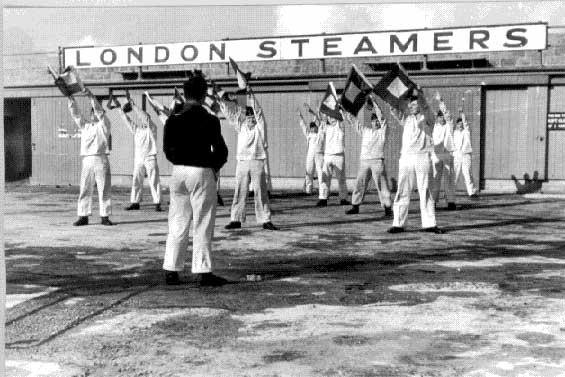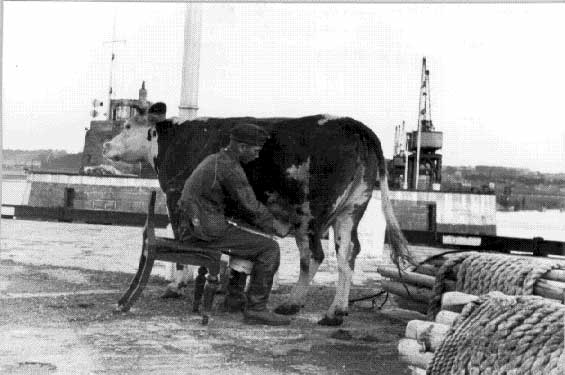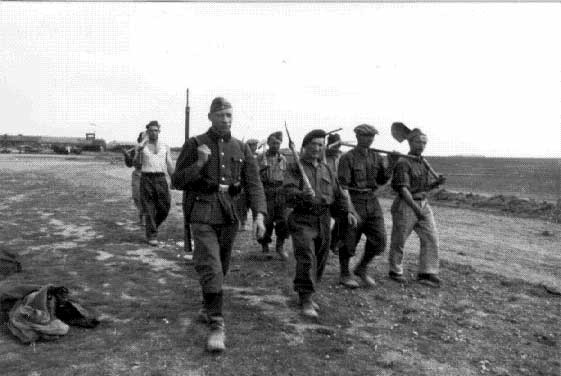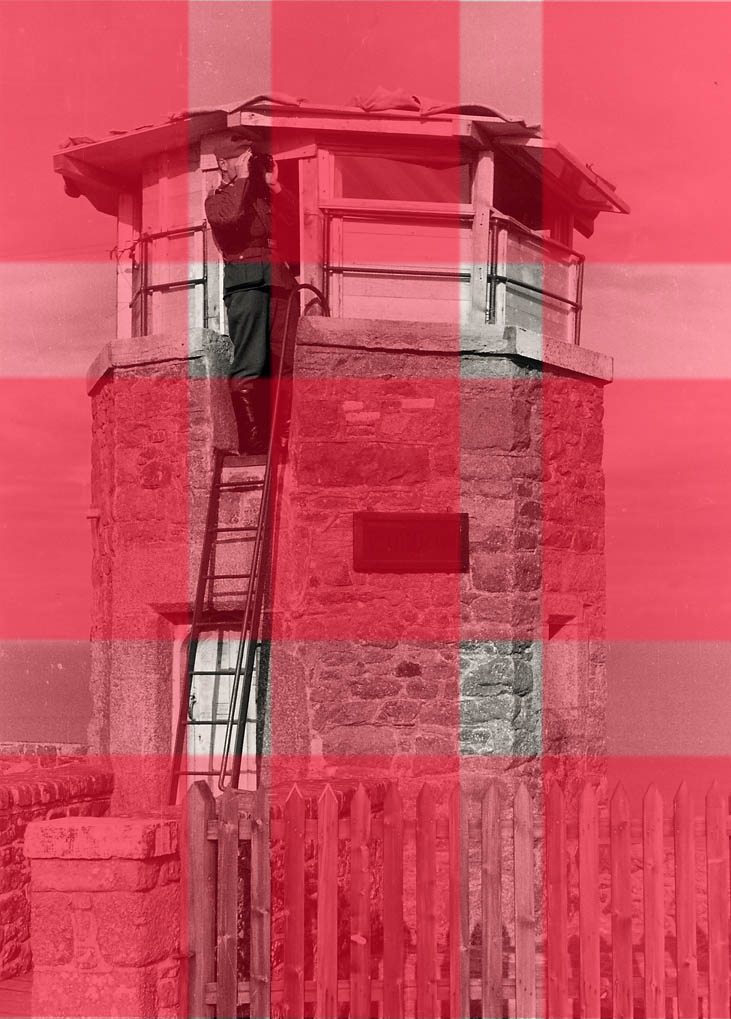HISTORICAL ARCHIVES:
The archives hold a variety of work open for the public to view, study and use in their own personal work. This is just a few of the services which they offer at the archives.
- Documents relating to the history of Jersey
- Family papers and correspondence
- Authors’ manuscripts and research notes (e.g. Philip Ahier, G.R. Balleine, William Davies, E.T. Nicolle, Joan Stevens, Marguerite Syvret)
- German Occupation contemporaneous diaries and reports, Biberach Camp register, German military plans of island defences.
- Ephemera, including entertainment programmes
EXPERIENCE AT SOCIETE JERSAISE:
The overall experience at the archives was very informative yet interesting at the same time, we started of with a small introduction to the archives and what they were all about, giving a brief history and the intended purpose of them. We then proceeded to do various activities relating to the occupation and the archives, we were able to choose a variety of images for out own personal use which can be seen down below. The sheer size of the archives is huge and is a very useful resource for students and the public alike who want to explore more about the occupation and want to see a photographic resources.
PHOTOS I CHOSE FROM HE ARCHIVES:








IMAGE ANALYSIS:

HOW IT FOLLOWS THE RULE OF THIRDS:
Below I wanted to demonstrate how the image follows the rule of thirds by placing a grid on top of the image. We can very clearly see that the man, who is the focal point of the image falls within the top third of the image, drawing the eye upwards and paying the most attention to him.

TECHNICAL:
In terms the technical aspects of the image, the photographer who took the image, due to the technology available at the time would have been using a tripod, or supported camera in order to take the image. 1940s camera development stalled somewhat due to an austere period for everyone whilst the world went through the upheavals of WW2 and economies hauled themselves out of the subsequent difficulties. Camera styling wise, the black body with chrome top started to be popular, aluminium tended to be used at the end of WW2 for entire cast bodies when it was used at all, 35mm was firmly established but cheap cameras persisted with the 120 or 620 format. The waist level finder, so common up to the 1930s, vanishes from camera designs. The folding camera’s heyday has ended and the view camera takes the lead for the everyday snapshot camera. Wood is now a thing of the past and the 1930s Leica styling influence is taking hold.
VISUAL:
Judging from the nature of the image, the photo has very much an environmental style feel to it due to the man looking out into the distance. The focal point of the image is the tone, the eyes of the viwer are lead up the tower and onto the man who is looking out to the distance. This has a very distinct historical feel to it due to the presence of the man in his military uniform. Furthermore the tower which is pictured was purpose built for the use of being able to look out for potential danger coming from overseas. The overall image is also very geometrical in nature de to the tower which has a very clear pentagonal shape and the fencing in the front which creates a sense of repetition, this is further created through the presence of the rectangular windows I the top third of the image. The viewer also mainly focuses on the top third of the image as this is where the subject is situated. As this is a black and white image, it can only be judged purely based on the tonal differences. As it is a bright and clear day, the shadows aren’t too impactful and there is only a minimal tonal range.
CONTEXTUAL:
During World War II Nazi Germany constructed a considerable number of fortifications in the Channel Islands which form part of the Atlantic Wall. The Channel Islands were amongst the most heavily fortified parts of the Atlantic Wall, particularly Alderney which is the closest to France. In Jersey, the fortifications include Hohlgangsanlage tunnels and artillery batteries such as Battery Moltke and Battery Lothringen.
The most distinctive new structures the Germans built were the Marine Peilstand (MP) towers that they used to search for targets at sea. The Germans had intended to build nine towers, but only completed three. These towers are round and have five or more floors with observation embrasures, as well as defensive embrasures. MP1 is part of Battery Lothringen, MP2 overlooks Corbière lighthouse and is now known as the Radio Tower, and MP3 is part of Battery Moltke. The design of the towers inadvertently and somewhat ironically reflect the Bauhaus movement of Modernist architecture (1919-1933), a movement that the Nazis had tried to suppress.
CONCEPTUAL:
Even though the exact photographers who captured these images are unknown, there are a variety of images which have been collected and stored in archives all across Jersey. Whether that be personal or public, there is a variety of imagery which captures the Jersey occupation. Another archival facility is the Channel Islands Occupation Society (Jersey branch) was set up in 1971 with the intention of investigating the period of the German Occupation of the Channel Islands and to maintain and preserve sites of special interest such as the German fortifications in the Island. Subsequently the Society has been placed in charge of the maintenance of a number of bunkers and has undertaken substantial research into the Occupation period in the Channel Islands.
